The spookiest time of year for pets is almost here. As you prepare for a night of costumes, trick-or-treating, and all things ghoulishly delightful, remember that your furry friend will likely find the festivities much less fun. Halloween can be scary—and potentially dangerous—for pets. Our Cane Bay Veterinary Clinic team shares tips that will keep your pet safe and fear-free this Halloween, because the only thing more scary than ghouls and goblins is an unexpected pet emergency.
#1: Choose safe and comfortable pet costumes
Dressing up isn’t only for people—many pet owners want to include their pet in the fashion fun. However, not all pets are fashionistas, so consider your pet’s temperament before purchasing that adorable hot dog costume. If you do decide to dress your pet for Halloween, ensure their comfort and safety with these tips:
- Do a trial run — A pre-Halloween fitting is necessary to see how your pet reacts to the costume and to ensure a proper fit. Their costume should not restrict their movement, block their vision, or impede their breathing. Also, ensure that no small embellishments such as buttons could be chewed off and become a choking hazard.
- Supervise — Never leave your costumed pet unattended. Watch for signs of discomfort and remove their costume promptly if they seem uneasy. Signs include:
- Lip licking
- Panting
- Stiff posture, or a tucked tail and rounded back
- Whale eyes (i.e., the whites of their eyes are visible in a crescent-moon shape)
- Cowering
- Refusing treats, or taking treats aggressively
- Avoiding physical contact
- Refusing to move
- Keep it quick — Your pet may be obliging and allow you to dress them in a costume, but they likely don’t enjoy the situation. Take a few photos and let your pet go free.
#2: Keep sweets out of your pet’s reach
Halloween is synonymous with candy and treats, but Halloween sweets can be dangerous for a pet who digs into your trick-or-treating stash. Keep candy bowls up high and out of your pet’s reach, and do not share any of these sweets:
- Chocolate — Chocolate contains the stimulants theobromine and caffeine, which are toxic to pets and affect their nervous system, causing vomiting, diarrhea, rapid breathing, increased heart rate, and seizures.
- Candy corn — This popular Halloween staple contains mostly sugar and artificial coloring, which can upset your pet’s stomach or cause other digestive issues. Some candy corn contains xylitol, which is toxic for pets.
- Sugar-free candies — Xylitol is a common ingredient in sugar-free candies and causes hypoglycemia in pets. Signs include weakness, vomiting, seizures, and collapse.
- Raisins — Raisin toxicity in dogs is poorly understood, but ingestion is linked to acute kidney failure. Raisins are a popular Halloween candy alternative and can also be ingredients in chocolate-covered candy, trail mix, and baked goods.
- #3: Beware of decorations that are hazardous to pets
Nothing sets the spooky mood like flickering candles inside jack-o’-lanterns, but lit candles can burn or singe curious pets, or cause a fire. Keep jack-o’-lanterns up high or outside, where your pet cannot accidentally knock them over, or use LED candles. Other potential decoration dangers include:
- Glow sticks — The liquid inside most glowsticks is non-toxic, but can make your pet uncomfortable, and cause drooling and vomiting. If glow sticks are part of your Halloween decor, keep them away from your pet, and dispose of them carefully.
- Dry ice — If you want to create a creepy milieu, dry ice is the perfect solution. However, if your curious pet investigates too closely, their skin can be damaged.
- Electric cords — Festive lights, noise machines, and other decorations need electricity to function. If your pet is prone to chewing electrical cords, ensure the cords are well hidden.
#4: Avoid a pet disappearing act
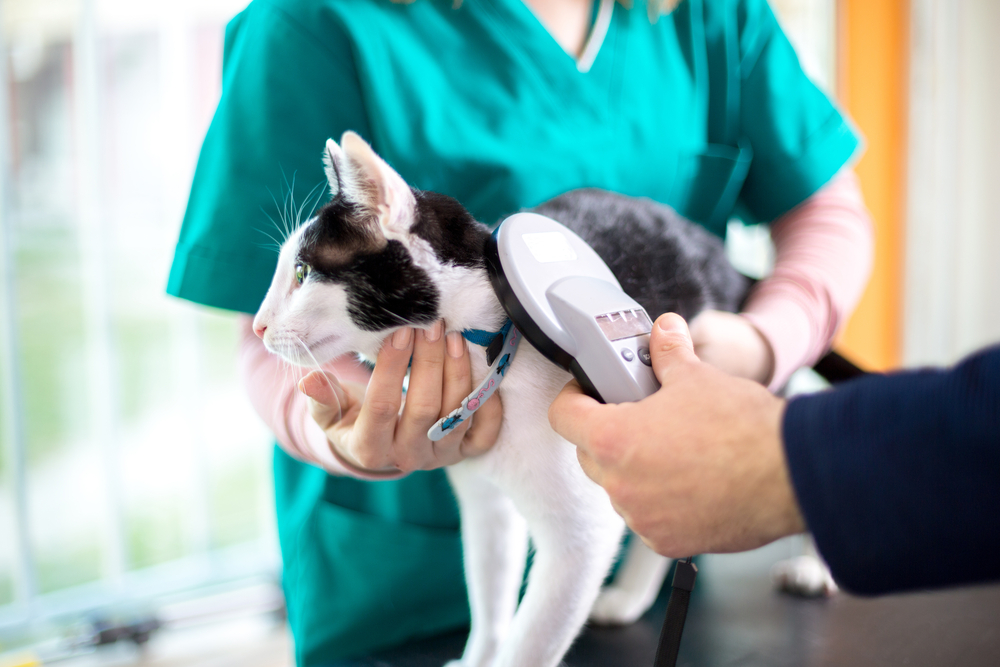
A constantly opening door and distracting trick-or-treaters provide the perfect opportunity for your pet to slip out. Keep your pet away from the front door, and ensure they are properly identified in case they accidentally get loose and go missing amid the Halloween hoopla.
- Check your pet’s collar and tags — Ensure your pet’s collar is secure and your contact information on their identification tags is up to date.
- Microchip your pet — Microchipping is a simple procedure that permanently identifies pets by implanting a small chip that allows veterinarians and pet shelter employees to access your contact information should your lost pet be found. If your furry pal is already microchipped, ensure your contact information in the registry’s database is current and accurate.
We hope you and your pet have a ghoulishly good time this Halloween, but should your pet get into trouble, our Cane Bay Veterinary Clinic team is here to help.

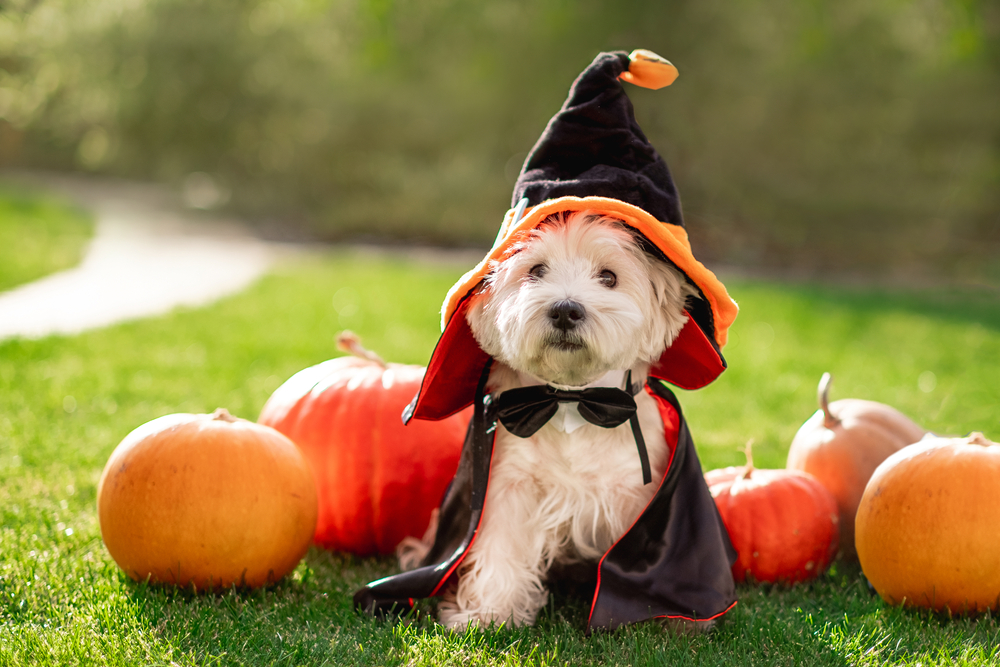
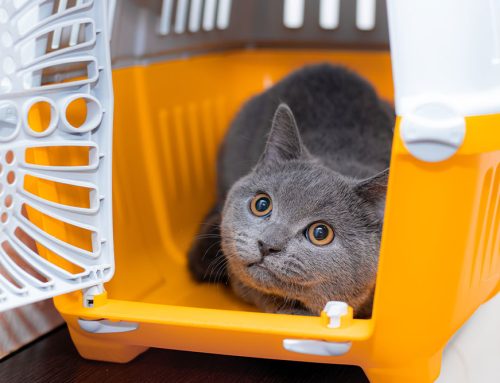
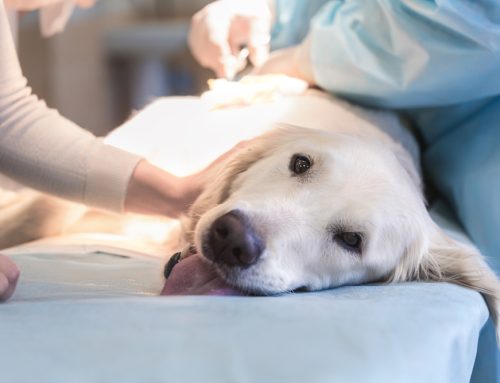
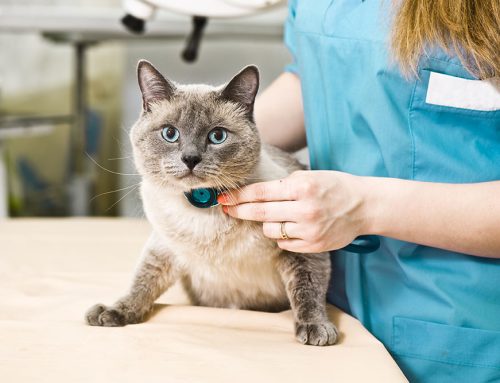


Leave A Comment